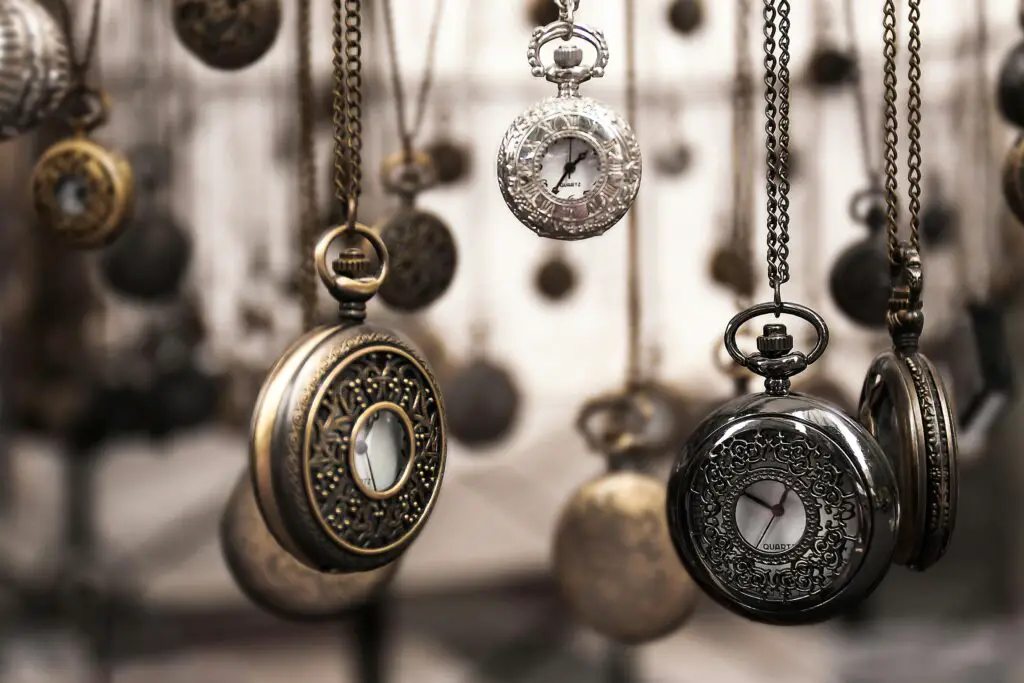1. Don’t Skip the Research

Impulse buys can be tempting, but when it comes to antiques, research is your best friend. Before you dive in, familiarize yourself with the types of pieces you’re interested in. Knowing the history, value, and common reproductions will save you from making a costly mistake.
2. Beware of Prices That Are Too Good to Be True
You know the saying: “If it sounds too good to be true, it probably is.” A rock-bottom price can often indicate a reproduction, repair, or undisclosed damage. While bargains do exist, don’t rush into a deal without digging deeper.
3. Don’t Confuse Vintage with Antique
Not all old items are antiques. ‘Antique’ typically refers to items over 100 years old, while ‘vintage’ usually means something from the mid-20th century. Know what you’re buying so you don’t end up overpaying for something just “vintage.”
4. Avoid Relying Solely on Seller Descriptions

Take what the seller says with a grain of salt. While many are honest, some may oversell a piece’s age or authenticity. Do your own inspection and research to verify the seller’s claims before making a purchase.
5. Don’t Overlook the Importance of Condition
Condition is key when buying antiques. Chips, cracks, or repairs can drastically reduce an item’s value. While a little wear is normal for older items, significant damage should be factored into the price—or may signal you should walk away.
6. Be Wary of Restored Items
Restoration can improve the appearance of an antique, but it can also reduce its value. Ask about any repairs or restorations before buying, and weigh whether the restoration enhances or diminishes the piece in your eyes.
7. Watch Out for Fakes and Reproductions
It’s a harsh truth, but fakes are everywhere in the antique world. Educate yourself on the most commonly reproduced items and learn to spot telltale signs of a fake, like suspiciously uniform patina or machine-made marks.
8. Don’t Forget to Measure

Antiques can vary greatly in size, and you don’t want to buy a piece only to find it doesn’t fit in your home. Always take measurements of the space where you plan to place the item and compare them to the antique before making the purchase.
9. Don’t Fall for the “Antique” Label Alone
Just because an item is labeled ‘antique’ doesn’t mean it is. Some sellers loosely use the term to describe anything that looks old. Verify the piece’s authenticity before taking the label at face value.
10. Avoid Buying Without a Return Policy
Reputable dealers often offer a return policy or guarantee. If a seller doesn’t provide one, you might want to think twice. Having the option to return an item protects you from any surprises after you’ve made the purchase.
11. Don’t Forget About the Hidden Costs
Antiques can come with hidden costs like restoration, shipping, or insurance. Before buying, factor these into your budget to avoid any unwelcome surprises down the road.
12. Be Cautious with Online Purchases

Buying antiques online can be tricky since you can’t inspect the item in person. Look for detailed descriptions and high-quality photos, and buy only from trusted sellers or websites with good reviews. If in doubt, ask for additional information or photos.
13. Don’t Let Emotion Drive Your Purchase
It’s easy to fall in love with an antique at first sight, but making emotional purchases can lead to regret. Stay logical, stick to your budget, and make sure the piece fits your collection and your home.
With these tips in mind, you’ll be able to navigate the world of antiques like a pro and avoid those common buyer pitfalls. Happy collecting!


